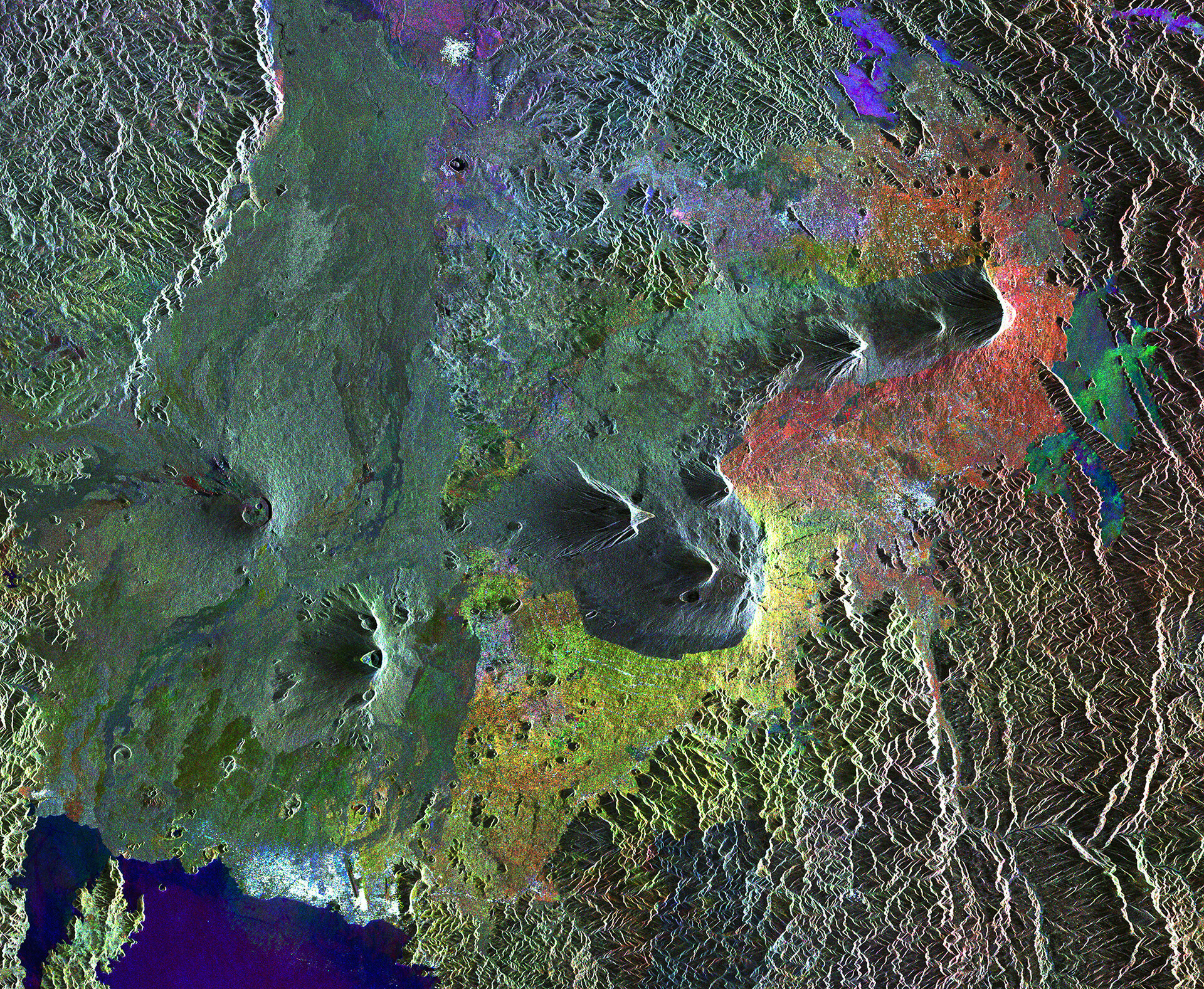World Wildlife Day
In December 2013 the UN General Assembly proclaimed 3 March as World Wildlife Day, a day that encourages us to raise awareness for endangered wildlife.
Deforestation, illegal land use, poaching, pollution and climate change are just a few parameters that can tip the balance for local wildlife.
Satellite images, such as those provided by ESA's Earth Observation satellites, can help to identify deforestation and illegal land use. This information can be used to make a step towards sustainable cultivation and protection of wildlife habitats.
Space technology can also be implemented in unmanned aerial vehicles or drones to monitor wider areas to counter poaching. Drones can provide real-time aerial imagery at a lower cost and offer a greater responsiveness. Together with satellite data they can be used to monitor and ultimately stop illegal activities.
Local ecosystems are often precariously balanced and small changes can have a large effect on plants and animals alike. The disappearance of wetlands, for instance, has had a large effect on local communities and wildlife in general. GlobWetland, an ESA-led initiative in collaboration with the Ramsar Convention, has been addressing the issue of diminishing wetlands in Africa by providing detailed maps based on satellite data. Through this project, stakeholders are provided with the tools to help conserve and effectively manage the African wetlands.
World Wildlife Day 2017 is celebrated under the theme "Listen to the Young Voices" to encourage young people, the future leaders and decision-makers of our planet, to act as protectors of the world's wild animals and plants.



